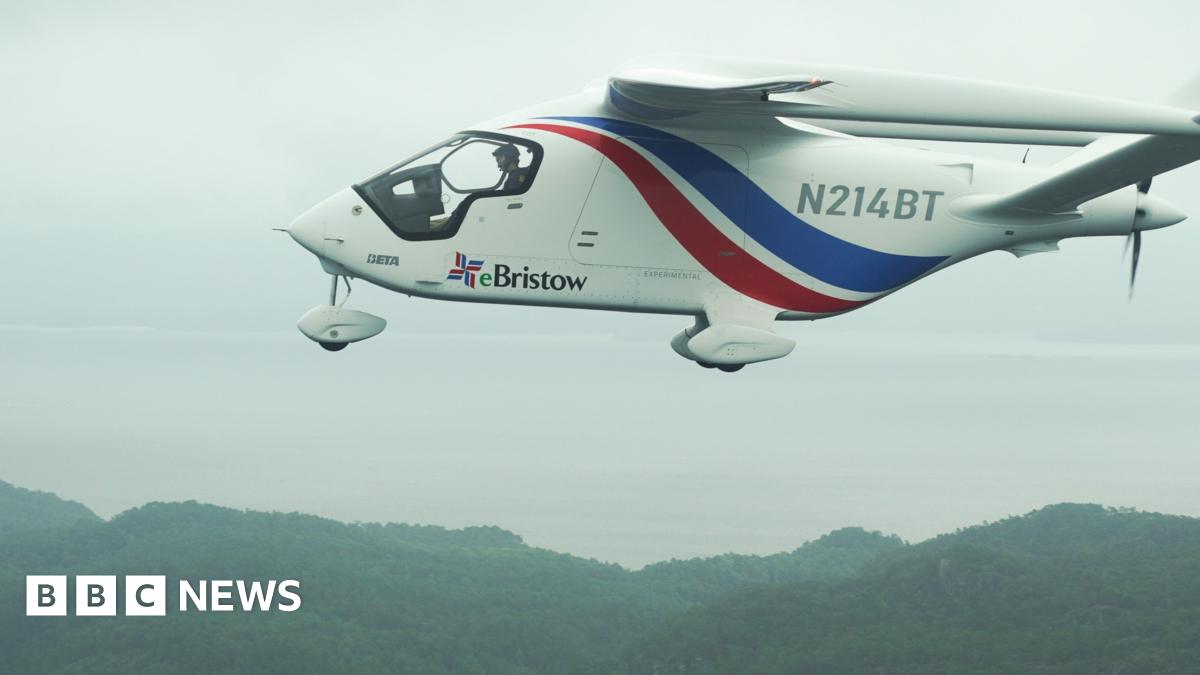For its real-world operations, though, Heart is adopting a fundamentally different design: a hybrid plane, powered by batteries, but carrying fuel as backup.
“You don’t need as [many] batteries,” argues Mr Stabler, which makes it lighter and cheaper, and also allows for more paying passengers.
“For a normal route, it would fly all-electric from takeoff to landing,” he explained.
“If you want to go a longer distance, or if there’s a diversion, you can switch over to the turbines.”
The aircraft could travel 200km in electric-only flight. With the hybrid technology, which is scheduled for test-flights in 2026, it could fly 400km with 30 passengers, or up to 800km with 25, the firm claims.
“Public transport flying, quite rightly, requires a significant amount of energy reserve,” says Prof Grattan.
“So hybridisation and the use of conventional fuels to carry safety reserves makes good sense,” adds the professor, who has previously advocated this approach.
